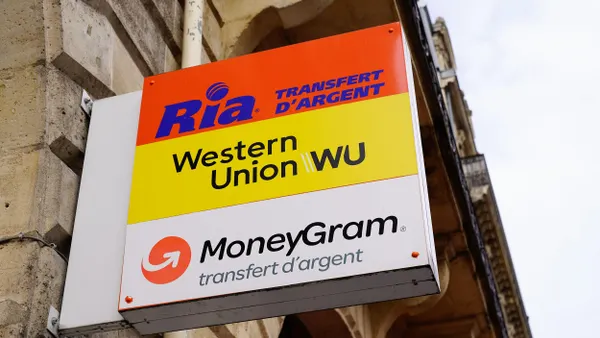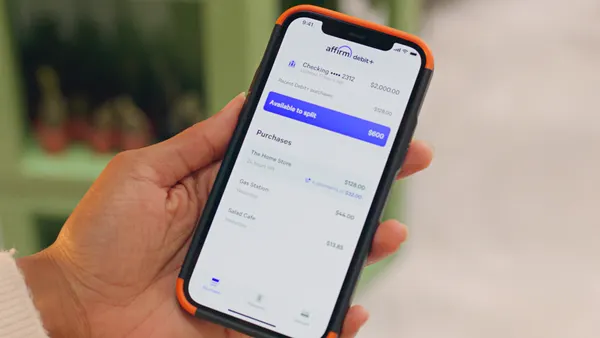For years, businesses have measured the health of their payments operation by a single metric: transaction fees. When end-of-month costs creep up, the instinct is to shave off a basis point or two. However, as margins become tighter and consumer expectations shift toward seamless, invisible payment experiences, that tactic alone is no longer sufficient.
The truth is, your payment stack is riddled with costs—but not where you think.
Inefficiencies baked into legacy systems don’t show up on a balance sheet, but they’re quietly eroding profitability. One ACH payment might cost just $0.20 in processing fees, but by the time you factor in retries, collection calls and chargebacks, a failed payment can balloon into a $20+ loss.
These underlying expenses add up to what we refer to as the “total cost of acceptance.” If your business isn’t looking beyond the transaction fee, these hidden costs can significantly impact your bottom line.
Fees aren’t the problem. Friction is.
It’s easy to track fees. They’re predictable and quantifiable. But the real costs, such as failed payments, delayed settlements, disputes, chargebacks and manual interventions, hide in plain sight.
Every time a customer struggles to pay or an agent has to intervene (i.e. friction), costs climb. Unfortunately, these manual interventions aren’t edge cases—they’re systemic failures baked into legacy payment technology that hasn’t kept pace with modern demands.
This impacts more than just your internal workflows—it directly affects your customer experience. In a recent survey, 80% of consumers said it’s important to have their loan payment pre-filled with account credentials in order to minimize login struggles and manual entry. When that information isn’t readily available, payments are abandoned and call center volume increases.
Transactions fees are the wrong KPI
While many businesses focus on the “cost per swipe,” transaction fees are just one component of the equation. The total cost of acceptance includes:
- Transactions costs: direct costs associated with processing a transaction, such as interchange fees and gateway charges
- Exception costs: everything from NSFs to failed disbursements that require manual intervention
- People costs: labor spent on customer support, exception resolution and reconciliation
- System costs: the expense of managing and maintaining a fragmented, outdated payment infrastructure
The goal is simple: payments completed on time, without hiccups or human intervention. However, legacy technology injects friction at every stage, increasing exceptions and driving up your cost to collect.
Modern platforms that prioritize the payment experience—not just volume—offer a smarter path forward.
Payment Experience Management: The path forward
Payment Experience Management isn’t just a technology upgrade; it’s a strategic approach that optimizes every touchpoint of the payment journey, across customers, agents and operations. The result? More on-time payments. Fewer exceptions. Lower total cost of acceptance. Higher profitability.
Here’s how it works:
The customer experience: Make every payment effortless
Consumers expect to pay with whatever funds they have. That could be with a digital wallet, debit card or cash—and they expect the process to be fast, flexible and painless.
Yet, 51% of consumers say managing and paying loans is a source of stress. For many, the obstacles are clear: 42%struggle with remembering logins and account details, while 26% cite a lack of preferred payment options as a key barrier. These friction points—such as forgotten passwords or missing digital wallet options—don’t just frustrate users; they can lead to abandoned payments or, worse, costly support calls.
One PayNearMe auto lending client tackled this challenge head-on. High call volume was bogging down their contact center and frustrating customers. The solution? They implemented Smart Link™ technology that enabled personalized, secure payment flows. Within a year, they reduced agent-assisted payments by 43%. When the experience improves, results ripple across the business: fewer calls, faster payments, higher satisfaction.
The agent experience: Empower people (and bots) to solve problems faster
Even the most advanced systems can’t eliminate every support call—but when agents or AI assistants step in, they need tools and information to resolve issues quickly and efficiently.
Don’t overlook the importance of the agent experience, because the stakes are alarmingly high. Agent-assisted payments can cost up to 80x more than self-service, according to Gartner. They're harder to scale, require more staffing and often introduce risk.
The solution? Equip agents with intuitive tools that reduce friction and guide customers toward self-service.
This isn’t just theory—it’s proven in practice. Among PayNearMe clients with contact centers, those that adopted these tools, such as the ability to send personalized links and view account data instantly, saw a 40% average reduction in agent-assisted payments within the first year.
Operational experience: automate to eliminate manual pain points
Behind the scenes, your operations team manages reconciliation, reporting, exception handling and risk and fraud. Legacy platforms often make these tasks slow, error-prone and expensive.
That’s why automation matters.
One PayNearMe client used automation tools to reroute high-risk accounts to more reliable payment methods, such as debit or cash, based on payment history. This resulted in a 50% reduction in ACH return rates, cutting down both exception volume and reconciliation time.
Automation doesn't just improve efficiency—it reduces errors, frees up staff time and helps you get paid faster.
Payment experience is the new efficiency
Legacy thinking equates lower transaction fees with low payment costs. But when you zoom out and look at the bigger picture, you can see the real cost is in the exceptions—and exceptions can be reduced with a better experience.
Payment Experience Management gives you a new lever to pull—one that gets you paid faster, reduces exceptions and drives customer satisfaction, all at the lowest total cost of acceptance. It’s a shift in mindset from managing payments to managing the experience. That’s where real progress happens.
Interested in learning more about the total cost of acceptance? Read our ungated white paper, Beyond Transactions Fees.










